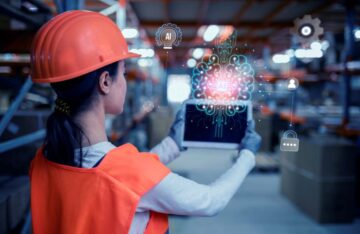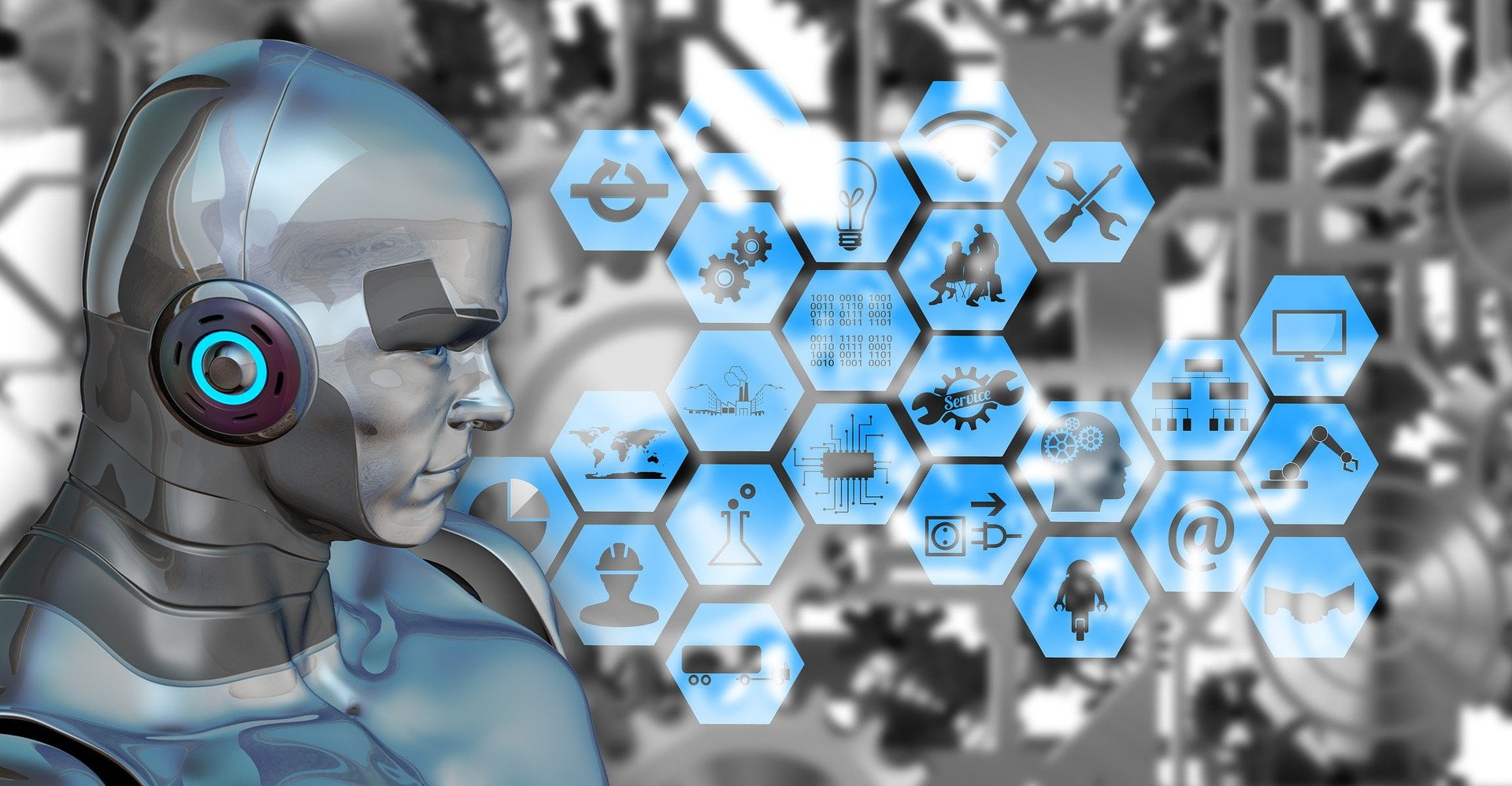AI trends in business are crucial for success in this rapidly evolving business landscape. As companies seek innovative solutions to drive growth and efficiency, AI has emerged as a powerful tool with limitless potential. According to the stats, the global AI market size was around $136.55 billion in 2022.
From streamlining operations to enhancing customer experiences, the applications of artificial intelligence in business are vast and varied. Companies are leveraging AI technologies to automate processes, analyze big data, and make data-driven decisions. This is revolutionizing sectors such as healthcare, finance, manufacturing, retail, and more.
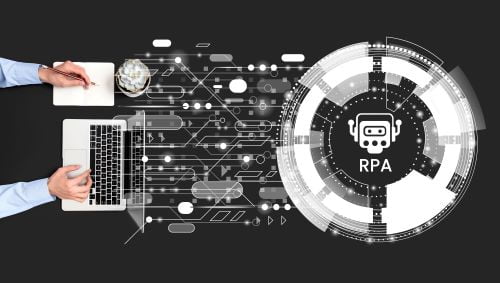
The increasing adoption of AI trends in business is due to its ability to improve productivity and reduce costs. It frees up valuable time for employees to focus on strategic initiatives by automating repetitive tasks and augmenting human capabilities. AI-powered analytics enable businesses to extract actionable insights from vast amounts of data, leading to more informed decision-making.
Moreover, AI has proven instrumental in enhancing customer experiences. With chatbots and virtual assistants becoming commonplace in customer service interactions, businesses can provide round-the-clock support while reducing response times.
Machine Learning and Deep Learning: Revolutionizing Data Analysis and Decision Making
Machine learning and deep learning have transformed the field of data analysis, paving the way for more accurate predictions and informed decision-making. These AI trends in businesses extract valuable insights from vast data leading to improved strategies and outcomes.
Machine learning algorithms analyze data patterns, identify trends, and make predictions based on historical data. These algorithms can adapt and refine their models, enhancing their predictive capabilities by continuously learning from new information. As a result, organizations can make data-driven decisions with a higher degree of confidence. According to a recent survey, around 56% of companies use ML in one of their business functions.
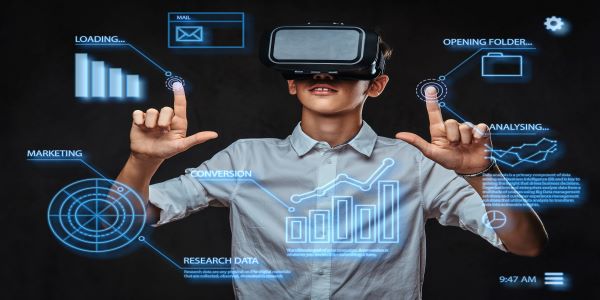
Deep learning can imitate the neural networks of the brain. Its algorithms excel at extracting complex patterns and understanding intricate relationships within the data with its ability to process unstructured data such as images or text. The global market size of deep learning was $49.6 billion in 2022.
In healthcare, predictive analytics powered by these technologies can help identify potential diseases earlier, leading to more effective treatments. In finance, they can detect fraudulent transactions, minimizing risks for businesses and customers.
Moreover, machine learning and deep learning are improving the customer experience by enabling personalized recommendations based on individual preferences and behavior patterns. For example, consider Amazon’s recommended product list based on the previous purchase history. This enhances customer satisfaction and drives business growth through increased sales.
Natural Language Processing (NLP): Enhancing Customer Experience and Communication
Natural Language Processing (NLP) has emerged as a powerful tool for enhancing customer experience and communication. In 2022, the total market size of NLP is valued at $27.73 billion.
One of the most prominent applications of NLP is in the development of chatbots and voice assistants. These intelligent virtual agents can understand and respond to customer queries in a human-like manner, providing instant support and assistance. By leveraging NLP algorithms, chatbots can interpret user intent, extract relevant information, and deliver accurate responses.

Furthermore, NLP enables sentiment analysis, allowing businesses to gauge customer emotions and opinions from textual data. Companies can gain valuable insights by analyzing social media posts, customer reviews, or feedback forms. This information empowers businesses to make data-driven decisions and tailor their offerings to better align with customer preferences.
Computer Vision: Unlocking New Possibilities in Image and Video Analysis
Computer vision enables the analysis and interpretation of images and videos. By leveraging advanced algorithms and machine learning, computer vision can perform object recognition, image classification, and video surveillance. Last year, the total market size of computer vision was estimated to be $ 11.90 billion.
One of the significant applications of computer vision is object recognition. Computers can accurately identify and classify objects within images or videos. This is important in industries such as retail, where automated systems can quickly identify products on shelves or detect counterfeit items.
Image classification is another area where computer vision shines. Systems can categorize it into different classes or labels by analyzing the visual features of an image. This has immense value in fields like healthcare, where medical images can be analyzed for accurate diagnosis, or in autonomous vehicles to identify road signs and obstacles.
Video surveillance is yet another domain of computer vision technology that analyzes video feeds in real-time. Due to this, computers can detect suspicious activities or objects, enhancing security measures in public spaces or private premises.
Robotic Process Automation (RPA): Streamlining Operations and Boosting Efficiency
RPA offers a range of benefits for business processes by leveraging automation tools and software solutions.
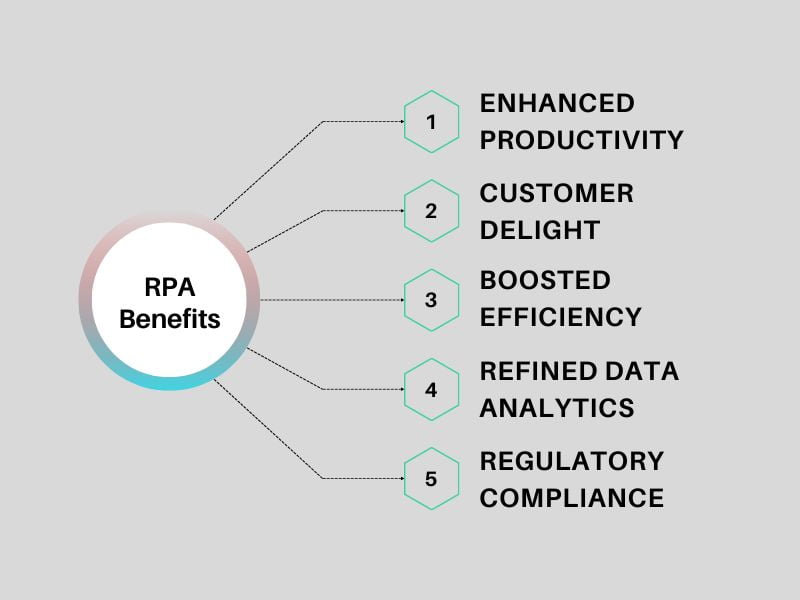
One of the vital advantages of RPA is its ability to automate repetitive and mundane tasks. It frees up valuable time for employees to focus on more strategic and value-added activities. This increases productivity and improves employee satisfaction by eliminating tedious work.
Furthermore, RPA helps minimize errors and improve accuracy in business operations. Unlike humans, robots do not experience fatigue or distractions, which reduces the occurrence of mistakes. Organizations can ensure consistent and error-free results by automating critical tasks such as data entry or invoice processing.
Another significant benefit of RPA is its scalability. As businesses grow and evolve, the demand for efficient processes increases. With automation tools and software solutions, organizations can scale their operations without additional human resources. This allows companies to handle higher volumes of work without compromising on quality or speed.
Moreover, RPA enables organizations to achieve cost savings by reducing reliance on manual labor. Embracing this technology can empower organizations to stay ahead of the curve while maximizing productivity and driving growth.
Internet of Things (IoT) Integration with AI: Creating Smart Environments and Optimizing Processes
Integrating the Internet of Things (IoT) with Artificial Intelligence (AI) has opened up a world of possibilities for creating smart environments and optimizing processes. This combination allows for the seamless connectivity and automation of devices, leading to increased efficiency, improved decision-making, and enhanced user experiences.
One of the most significant applications is in the development of smart cities. By connecting various devices and systems through IoT, cities can collect vast amounts of data that can be analyzed by AI algorithms. This data-driven approach enables city planners to make informed decisions about resource allocation, traffic management, energy consumption, and public safety.
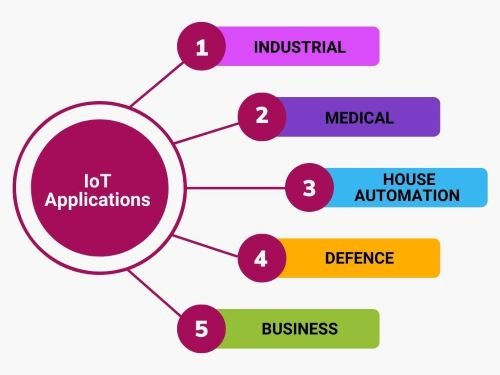
In industrial automation, IoT combined with AI has revolutionized manufacturing processes. Connected sensors and devices can gather real-time data from machines and equipment, which is studied by AI algorithms to identify patterns or anomalies. This proactive approach allows for predictive maintenance, reducing downtime, and optimizing production efficiency.
Smart homes equipped with connected devices can learn user preferences through AI algorithms and adjust settings accordingly. From automated temperature control to intelligent lighting systems, these smart environments enhance comfort while optimizing energy consumption.
Refer to our post on Know These 11 IoT FAQs to be smarter to know the answers of commonly asked questions about IoT.
Augmented Analytics: Empowering Data-Driven Insights with AI Assistance
Automated data analysis tools utilize machine learning algorithms to analyze and interpret the data. These tools can sift through massive datasets, identify patterns, and generate actionable insights in a fraction of the time it would take for humans to do so manually.
By harnessing the capabilities of AI, augmented analytics enables businesses to uncover hidden trends and correlations that may have otherwise gone unnoticed. This empowers decision-makers with accurate, real-time information for strategic planning and operational optimization.
Furthermore, these automated tools eliminate human bias and errors that can occur during manual analysis. They provide a consistent and objective approach to data interpretation, ensuring reliable results every time.
The use cases for automated data analysis tools are vast and diverse. From sales forecasting and customer segmentation to fraud detection and predictive maintenance, businesses across industries are leveraging these AI-powered solutions to gain a competitive edge. Due to this, the market size of augmented analytics was around $ 8.93 billion in the last year.
Read our post on augmented reality to understand everything about interactive experience.
Ethical AI Practices: Balancing Innovation with Responsibility
Maintaining a balance between creation and accountability is vital. As AI continues to evolve, ethical considerations in its implementation become increasingly important.
One of the main concerns is ensuring that AI systems are designed and deployed in a way that respects human rights and values. This includes considerations such as privacy, fairness, transparency, and accountability.
Companies must ensure the responsible and secure handling of personal data.
Transparency plays a vital role in building trust with users of AI systems. Users should understand how AI technologies work and what data they collect or analyze. Transparent communication about limitations, potential biases, and risks will help ensure informed decision-making.
Lastly, accountability must be established when implementing AI trends in business. Companies should take responsibility for any negative impacts caused by their technology and have mechanisms for addressing complaints or concerns from users or affected parties.
Read more, top 7 real-life concerns about AI.
By prioritizing these ethical considerations in the improvement and deployment of AI systems, we can harness the power of innovation while ensuring responsible use that benefits society. Establishing this balance will foster trust and pave the way for continued advancements in artificial intelligence while safeguarding our values and human rights.
Explainable AI (XAI): Ensuring Transparency in Decision-Making Algorithms
In the age of advanced technology and machine learning, there is a growing concern about the lack of transparency in decision-making algorithms. This is where Explainable AI (XAI) comes into play, aiming to provide clarity and understanding behind these complex algorithms.
Interpretable machine learning techniques are at the forefront of XAI, enabling us to decipher how AI models arrive at their decisions. We can gain insights into the factors influencing their outputs and ensure fairness, accountability, and ethical decision-making.

Algorithmic transparency is crucial in various domains such as finance, healthcare, and criminal justice. It allows stakeholders to understand why certain decisions are made and detect any biases or errors that may be present in the system.
Furthermore, XAI promotes collaboration between humans and machines by providing interpretable explanations for AI-generated outcomes. It allows experts to validate the results generated by AI models while leveraging human expertise in decision-making processes.
AI Governance: Establishing Policies and Regulations for Responsible AI Use
With the advances in AI, it becomes imperative to address concerns surrounding AI regulations, ethical frameworks, and data privacy.
The development and deployment of AI trends in business must be accompanied by a comprehensive set of guidelines prioritizing ethical considerations. These guidelines should outline the responsible use of AI, including transparency in algorithms, fairness in decision-making processes, and accountability for any potential biases or discriminatory outcomes.
Data privacy is another critical aspect that needs careful attention while governing AI. With the vast amounts of data being collected and processed by AI systems, there is a pressing need for stringent regulations that protect privacy rights. Robust data protection measures should be regularized to safeguard personal information from unauthorized access or misuse.
Establishing effective policies and regulations around AI governance will instill public trust and responsibly foster innovation. We can harness the full potential of AI trends in business while minimizing risks associated with its use by following ethical frameworks and protecting data privacy.
